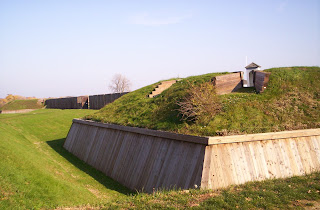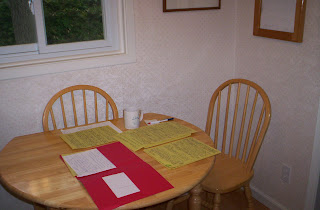 The book is finished. I've written the beginning, the mid-section, and the end. I've completed the bibliography, the chronology, the prologue, and the epilogue. Now, it is "jelling."
The book is finished. I've written the beginning, the mid-section, and the end. I've completed the bibliography, the chronology, the prologue, and the epilogue. Now, it is "jelling."I turn my mind to Christmas preparations -- hang the wreath on the front door, start the gift shopping, and plan the menus.
The "jelling" period is, for me, as vital as any other part of the process of writing a book. It is now that I see the project as a whole. Now while I have the time, I think of what I learned about Laura Secord, and how she started becoming a real person to me.
She was just an ordinary housewife living in pre-Confederation Canada. She gave birth to seven babies -- at home -- her last when she was forty-two. Sources tell me that Laura Secord also"did needlework," but obviously that went beyond embroidery because she also sewed clothing for her family.
Long after she died, an elderly man recounted how he used to shovel snow at Laura's house in Chippawa when he was just a boy. His family was very poor, he said, and Laura knit him the first pair of mittens he ever owned.
I imagine her standing at her window, watching the boy clear the snow from the walk to front door. Perhaps she sees him stop and blow on his cold, red hands before he takes up the shovel again. I think it was that act of knitting mittens for that boy, more than any other event I read about, that made me see Laura as she really was. Someone I wanted to know.






































